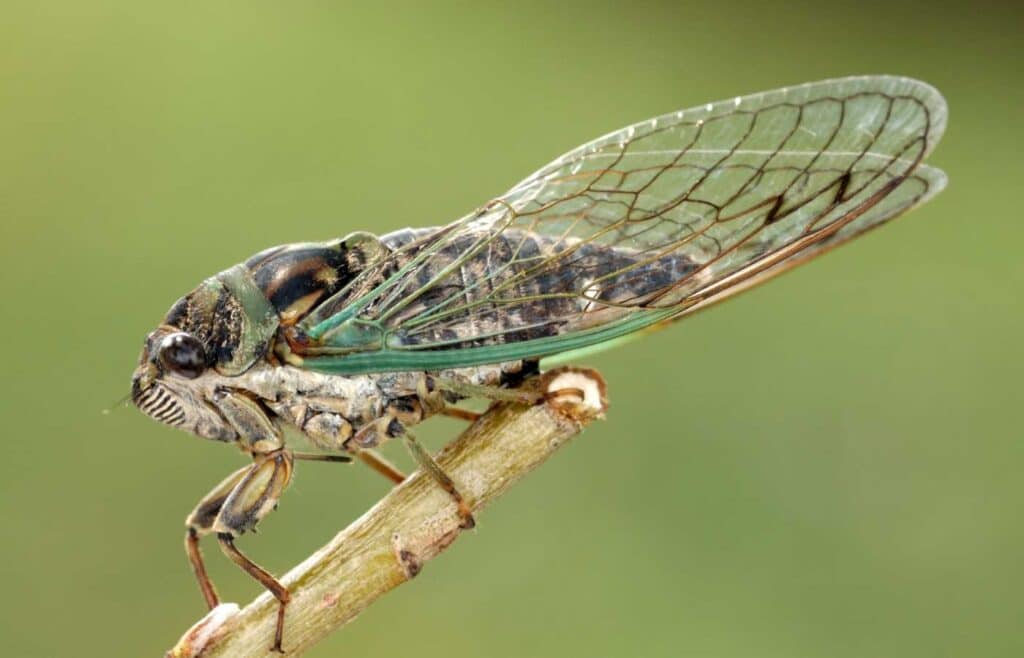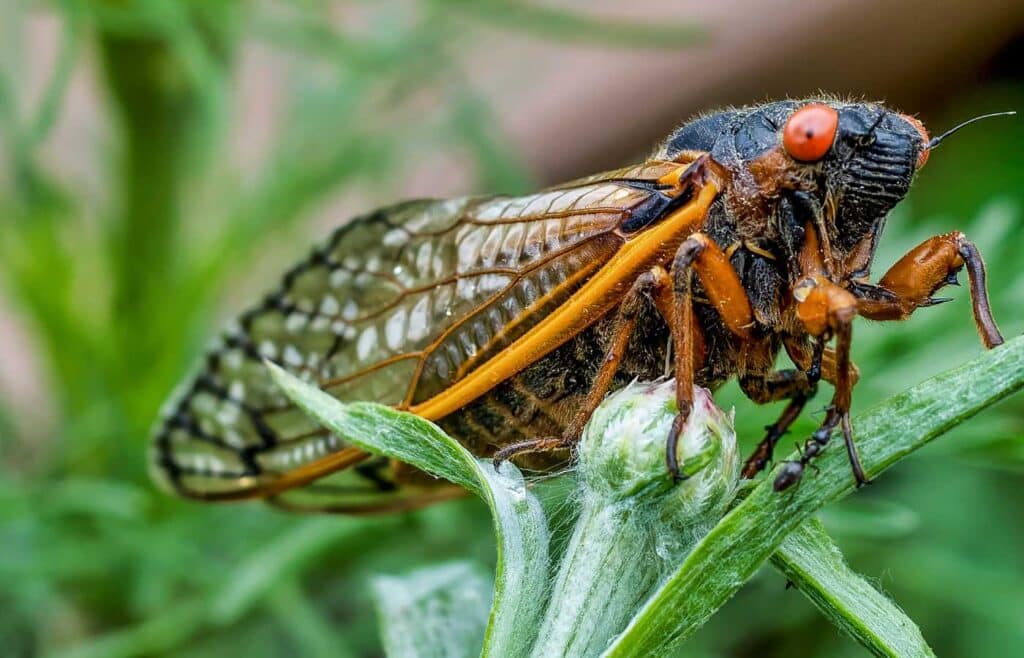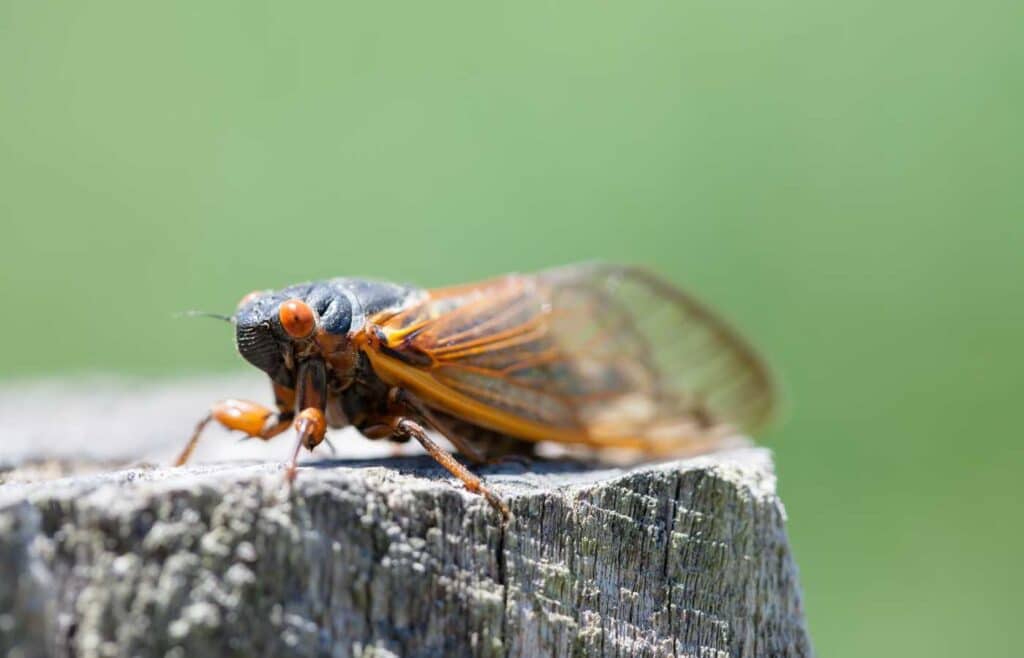This spring, families across the Midwest and South are in for a rare natural phenomenon that hasn’t occurred in over two centuries.
For the first time in 221 years, two distinct broods of cicadas will emerge from the ground simultaneously, creating a buzz—literally and figuratively—around their arrival.

In a nutshell? Brace yourself for a buzzing soundtrack this May and June!
Understanding the Cicada Phenomenon
Cicadas are fascinating insects known for their distinctive, high-pitched song, capable of reaching volumes up to 100 decibels.
This spring, billions, possibly trillions, of these insects will fill the air with their buzzing as two broods, one on a 13-year cycle and another on a 17-year cycle, converge for a mass emergence.
This event offers a unique opportunity for parents and children alike to witness a remarkable natural event right in their backyards.
What Makes This Emergence Special?
The simultaneous appearance of these two cicada broods, something not expected to happen again until 2245, is a rare event.

The Northern Illinois Brood (Brood XIII), emerging every 17 years, and the Great Southern Brood (Brood XIX), on a 13-year cycle, will bring together multiple species of cicadas in a vibrant display of nature’s timing.
Life Cycle and Habitat
Cicadas have a brief yet eventful life cycle of four to six weeks above ground.
After years of living underground, they emerge to mate, with the males attracting females through their iconic buzzing, which is produced by sound boxes in their abdomens.
Females respond with a clicking noise, signaling their readiness.
Although their presence is loud and can be overwhelming, cicadas are generally harmless to humans, albeit annoying to some.
Impact on Local Flora and Fauna
The emergence of cicadas can have a notable impact on young trees, where the insects lay their eggs.
Parents might notice small wounds on the bark of newly planted trees, a sign of cicadas’ egg-laying process. However, this typically does not cause lasting damage to the trees.

For those concerned about protecting younger trees, arborists recommend using fine netting over the canopies as a precaution.
Preparing Your Family
For families living in the affected regions, this cicada emergence presents a unique educational opportunity.
Parents can engage their children’s curiosity by exploring the cicadas’ life cycle, their ecological role, and the science behind their lengthy developmental periods.
Despite the potential nuisance, this event is a chance to foster a deeper appreciation for the intricate connections within our natural world.
Safety and Enjoyment Tips
- Educational Opportunities: Use this event as a teaching moment for your kids about cicada biology and the broader topic of insect life cycles.
- Protecting Young Trees: Consider covering young trees with netting to prevent cicadas from laying eggs in the bark.
- Outdoor Precautions: If you’re sensitive to loud noises or planning outdoor activities, be prepared for the increased volume level, especially in areas expecting dense cicada populations.
Fun Facts About Cicadas:
- Cicadas Are Ancient Insects: Cicadas have been around since the time of the dinosaurs, with fossils dating back over 200 million years.
- They Spend Most of Their Lives Underground: Cicadas spend the majority of their life cycle, which can be 13 or 17 years, living underground as nymphs. They only emerge for a brief period to mate and lay eggs.
- Cicadas Are Not Harmful: Despite their size and the loud noise they make, cicadas do not bite or sting and are not harmful to humans or pets.
- Cicadas Can Cool Themselves Down: On hot days, cicadas can sweat to cool off, a rare ability among insects.
- Their Song Is Among the Loudest of All Insect-Produced Sounds: Some cicada species can produce sounds louder than 100 decibels, which is comparable to a motorcycle close by.
- Cicadas Have Natural Predators: Despite their large numbers, cicadas have several natural predators, including birds, squirrels, and even humans in some cultures where they are considered a delicacy.
- They Are Masters of Camouflage: Cicadas use their green and brown coloring to blend into their surroundings, making them difficult for predators to spot.
As the cicadas make their grand entrance this spring, embracing this natural spectacle can turn what might be an annoyance into an awe-inspiring learning experience for your family.
Remember, while the buzzing may be loud, the cicadas’ visit is short-lived, leaving behind memories and lessons for years to come.
Related Posts
25 Simple Spring Activities Your Kids Will Love
Calie Herbst, Editor-in-Chief of Milwaukee With Kids, has spent over a decade combining her experiences as a parent of three to create a hub for Milwaukee’s family adventures.
Her decade-long teaching career in Milwaukee Public Schools and academic background, including a Master’s in Teaching from Marquette University and dual B.A.s in Sociology and Spanish from the University of Wisconsin – Madison, fuel her passion for inclusive and engaging family content.
Calie is also a recognized voice in local media, contributing to WISN Channel 12 News, WTMJ Wisconsin Morning News, Fox 6’s Real Milwaukee, and B93.3.
Discover more about Calie’s journey and editorial approach on her About Page and Editorial Policy Page.

